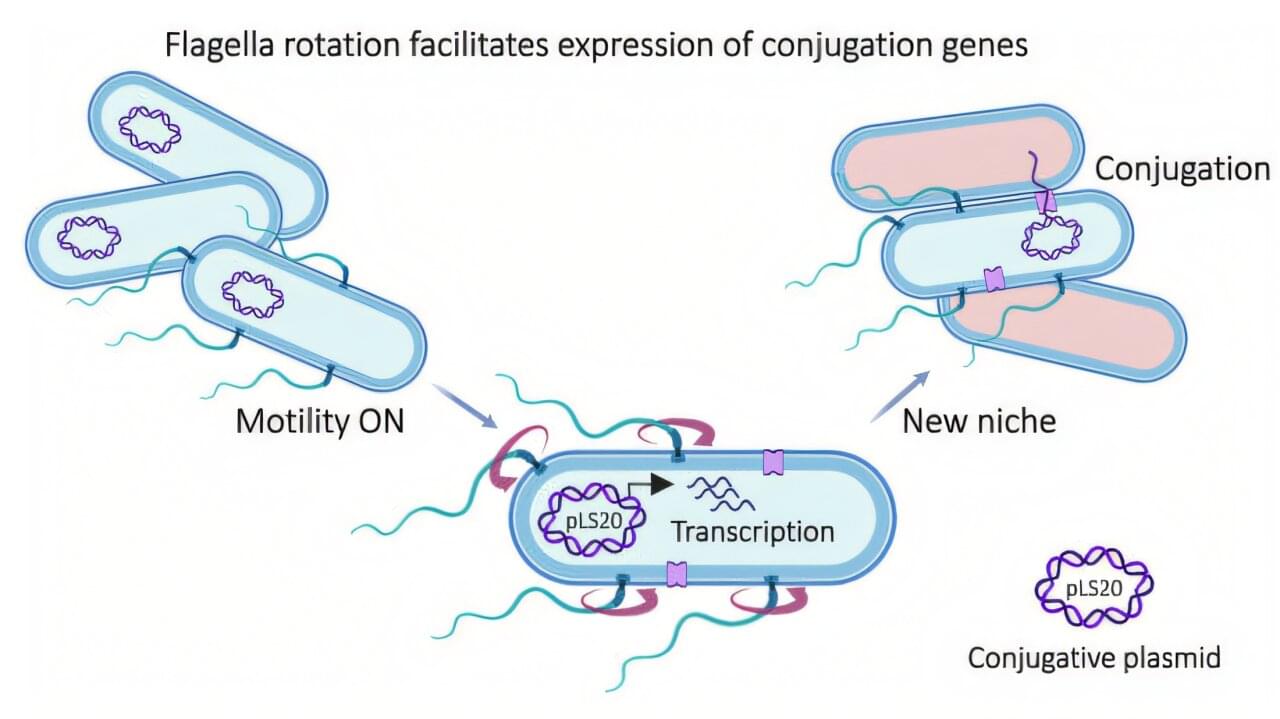What makes people think an AI system is creative? New research shows that it depends on how much they see of the creative act. The findings have implications for how we research and design creative AI systems, and they also raise fundamental questions about how we perceive creativity in other people.
The work is published in the journal ACM Transactions on Human-Robot Interaction.
“AI is playing an increasingly large role in creative practice. Whether that means we should call it creative or not is a different question,” says Niki Pennanen, the study’s lead author. Pennanen is researching AI systems at Aalto University and has a background in psychology. Together with other researchers at Aalto and the University of Helsinki, he did experiments to find out whether people think a robot is more creative if they see more of the creative act.








